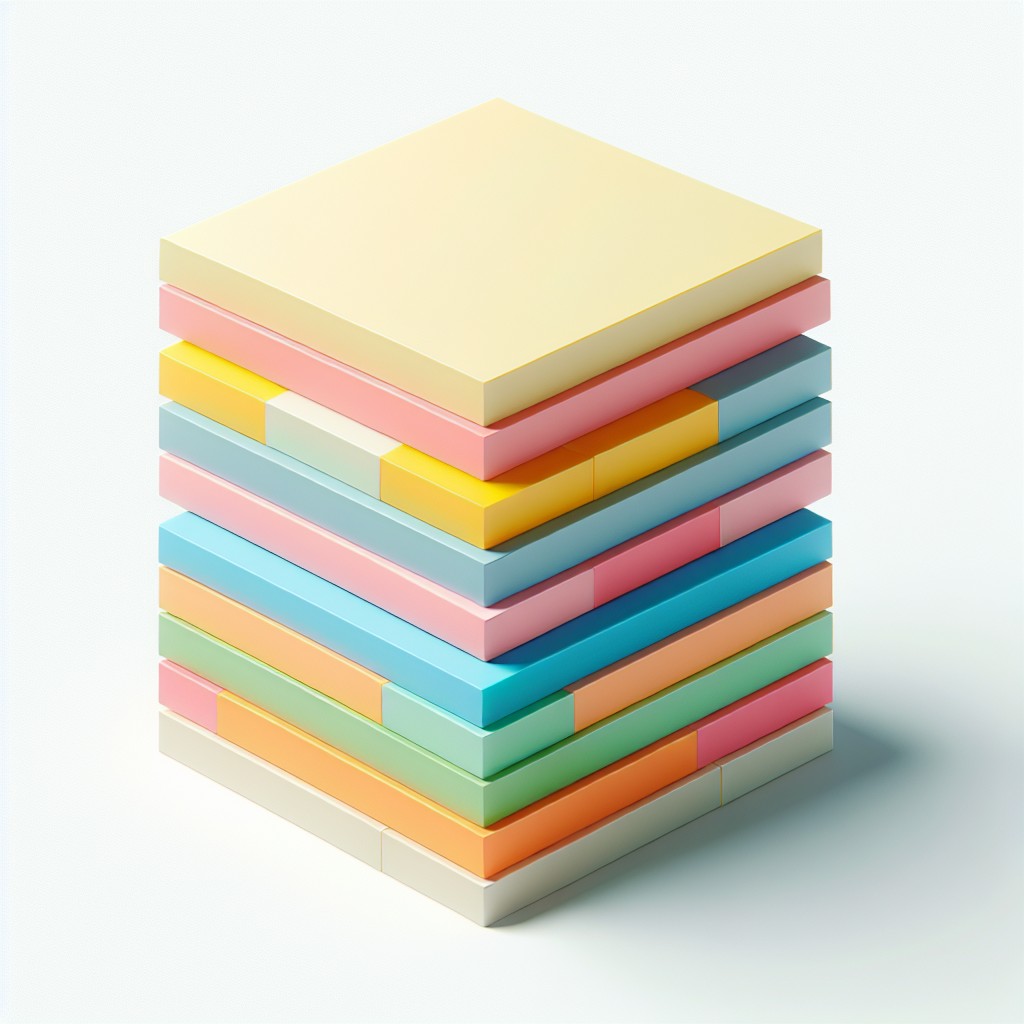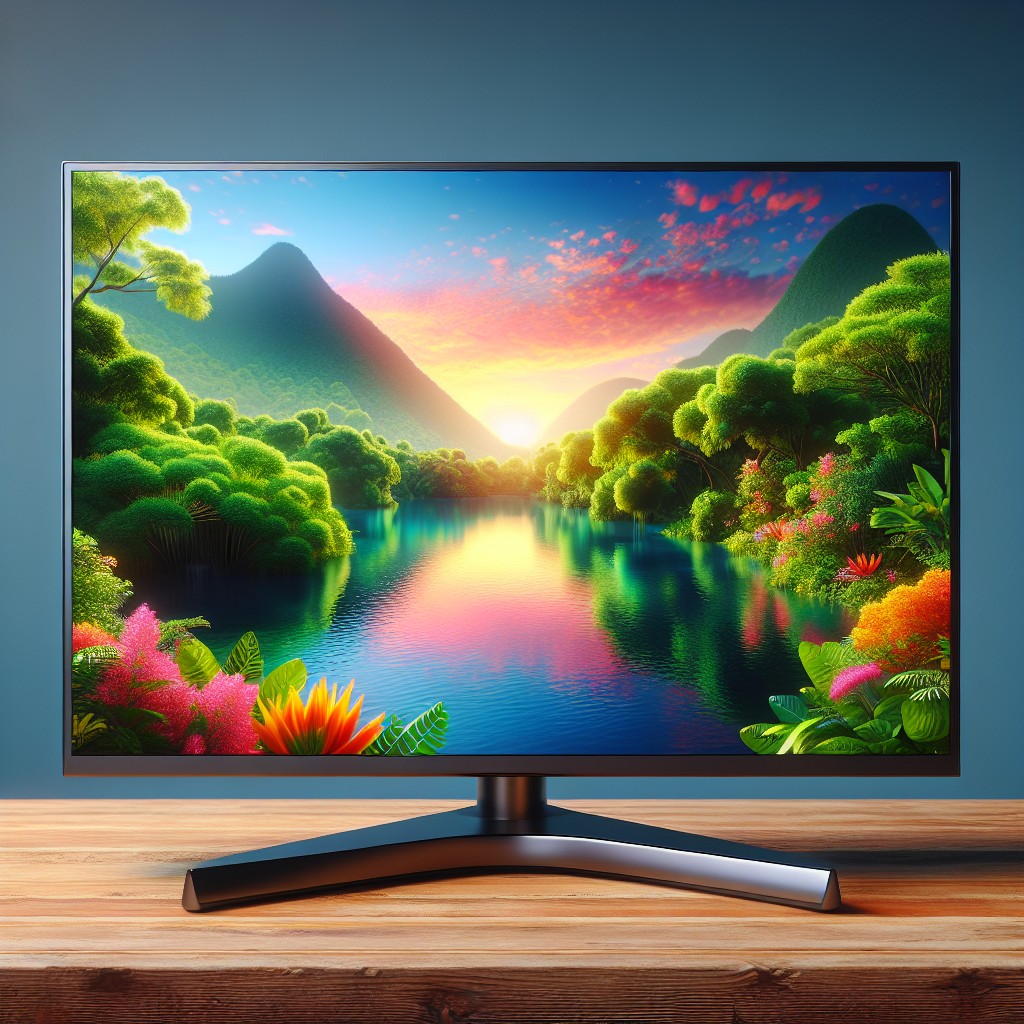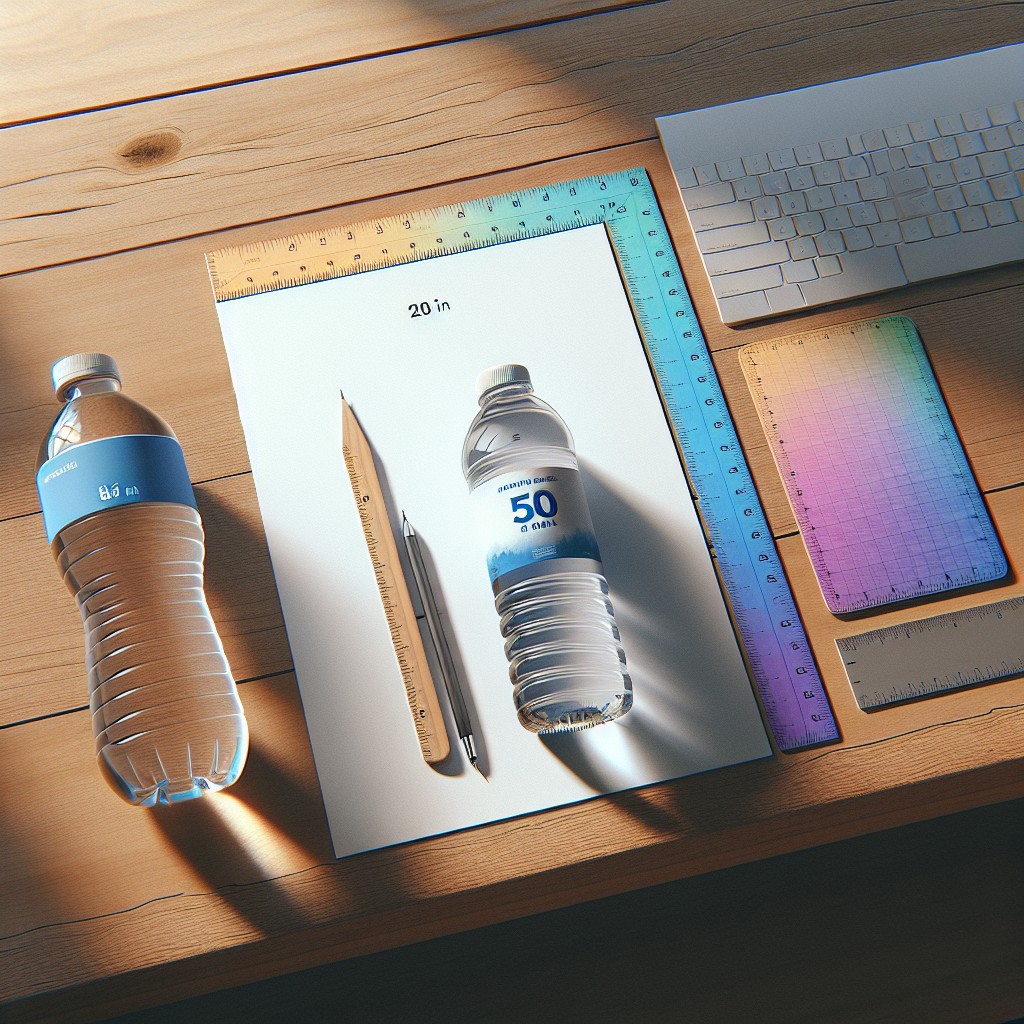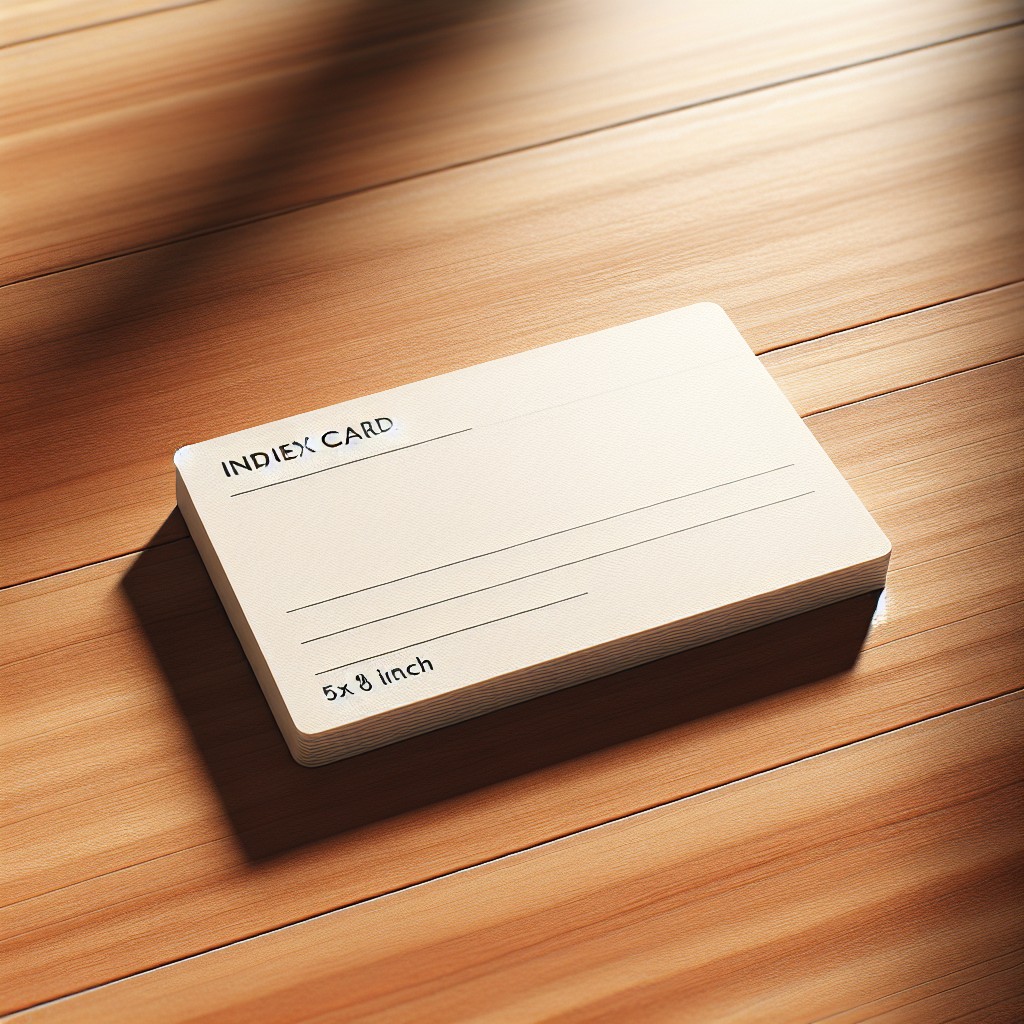Last updated on
Dive deep into the dimensions of a 75-gallon tank as we explore its size in various scenarios and contexts ensuring a comprehensive understanding of its physical magnitude.
Key takeaways:
- 75-gallon tanks are approximately 48 inches long, 18 inches wide, and 21 inches high.
- Tank dimensions may vary slightly by brand and build.
- Tank shape affects footprint, habitat, and maintenance requirements.
- An empty 75-gallon tank can weigh up to 140 pounds for glass and around 100 pounds for acrylic.
- A filled 75-gallon tank with water and decorations can weigh about 625.5 pounds.
What's Inside
Dimensions of a 75-gallon Fish Tank
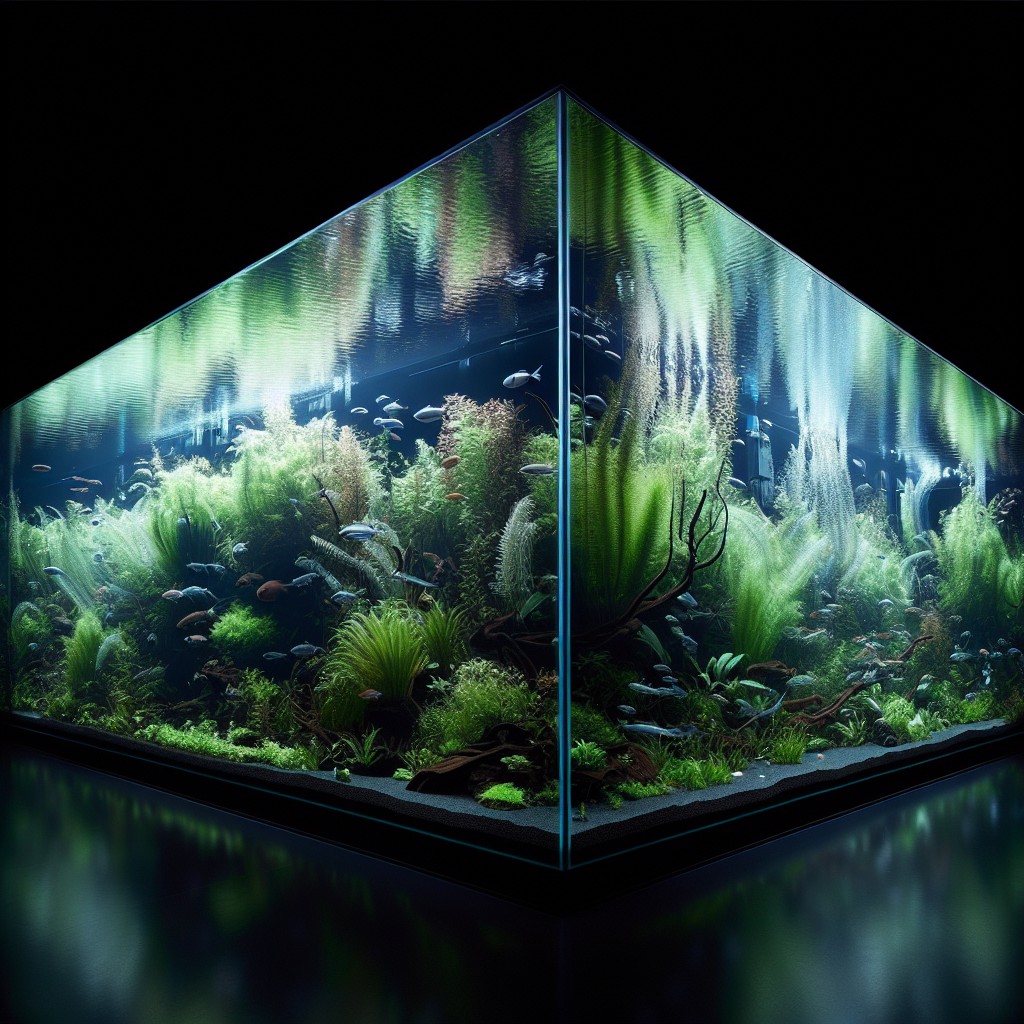
Navigating through the range of tank sizes on offer, a 75-gallon unit stands as a sizable habitat for aquatic life.
Generally, you’ll find these tanks with a length of about 48 inches, a width close to 18 inches, and a height roughly spanning 21 inches.
This generous footprint allows ample room for decorating with plants, rocks, and other features while providing space for fish to flourish.
Notably, when planning your space, consider allowing extra room for external equipment like hoses and filters that often extend beyond the tank’s footprint.
Despite a standard size, manufacturers may have slight variations, so always check the specific dimensions before crafting your setup.
Remember, a straight measure tape could become your best friend when pinpointing the perfect spot for your aquatic centerpiece.
Typical Dimensions for a Standard 75-gallon Tank
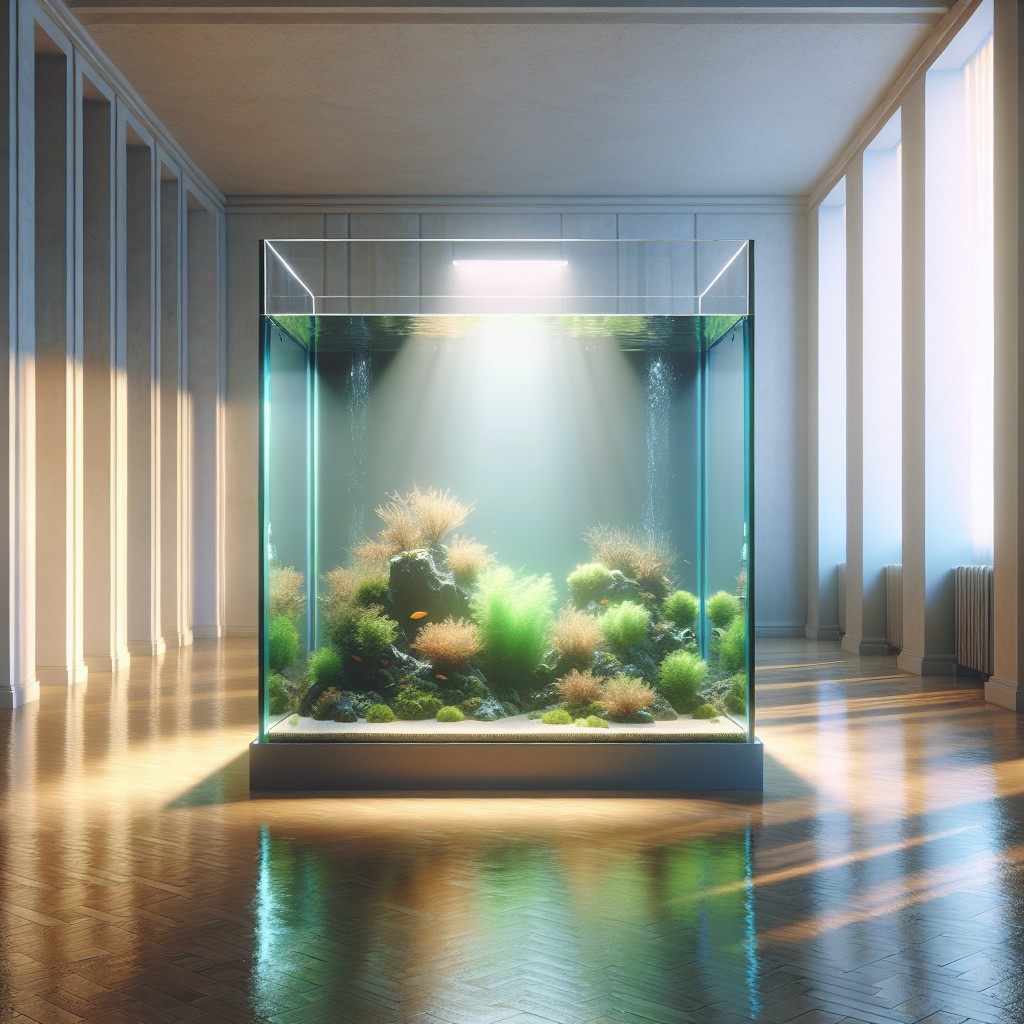
When envisioning the size of a 75-gallon tank, commonly it spans around 48 inches in length, 18 inches in width, and 21 inches in height. These dimensions are a staple in the aquarium industry, ensuring that most stands and accessories are compatible.
However, it’s essential to note that these measurements can slightly vary by brands and tank builds. The space that a standard rectangular tank of this capacity requires should be mapped out in your home or office, keeping in mind you’ll need extra room for equipment, maintenance access, and potential tubing for filters or CO2 systems.
Always measure the designated area and compare it before purchasing a tank to avoid any spatial surprises.
Impact of Shape On Dimensions
The shape of your 75-gallon tank is not just about aesthetics; it directly influences the tank’s footprint and how it fits into your space.
Flat-backed hexagon tanks, for instance, offer a unique view but may have a smaller surface area compared to the rectangular standard.
Bow-front tanks provide a dynamic viewing angle but often require more depth clearance.
Tall tanks increase vertical space for stacking habitats, ideal for certain types of fish that prefer deeper water but could limit the amount of light that reaches the bottom.
Conversely, longer tanks spread out the habitat, giving more ground space for fish and plants to spread horizontally.
Remember, the configuration you choose can affect everything from the amount of gravel you need, to the efficiency of your filter, to the type of aquatic life you can support.
Choose wisely based on the needs of your intended inhabitants and the physical space you have available.
Understanding the Weight of a 75-gallon Aquarium When Empty
A standard empty 75-gallon glass aquarium can weigh upwards of 140 pounds, while acrylic models might be lighter, often around 100 pounds.
The material matters because glass is denser and therefore heavier than acrylic.
Despite the heaviness, the empty tank’s weight is manageable with a few sets of helping hands—or a dolly if moving alone.
Remember, positioning it on a robust, level stand is critical to prevent stress on the structure.
Keep in mind that once substrate, decorations, and other equipment are added, the total weight will increase even before adding water.
Always consider the increased weight when planning the tank’s location, ensuring the floor can support it long-term.
Calculating the Weight With Water
A gallon of freshwater weighs approximately 8.34 pounds. Therefore, a filled 75-gallon tank would weigh roughly 625.5 pounds (75 gallons * 8.34 pounds per gallon). However, these numbers can vary slightly with temperature and salinity for saltwater tanks, which can be denser. Don’t forget to factor in the additional weight of the substrate, decorations, and equipment. For instance, gravel can weigh about 100 pounds for a layer that’s 1 inch thick in a 75-gallon tank.
When setting up your aquarium, always ensure the supporting stand and the floor can handle the total weight. It’s prudent to consult with a structural engineer or contractor if you’re not certain about your home’s capacity to support this considerable load.
Remember, water management isn’t just about keeping your tank in place; it’s about understanding the ecological balance and maintenance requirements that a large volume of water entails. Regular water changes will be part of the routine, meaning you’ll frequently be moving significant amounts of water in and out of the tank—planning for this during setup helps you avoid surprises later on.
Comparison of Different 75-gallon Tank Shapes
When considering a 75-gallon tank, shape plays a significant role in both aesthetics and function. Here’s a quick comparison:
Rectangular tanks are the most common and provide a large surface area, which benefits gas exchange and offers more space for fish to swim horizontally. Typically, these tanks might measure around 48 inches long, 18 inches wide, and 21 inches high.
Bow-front tanks curve outward, offering a unique view that magnifies the inside of the tank. They often have the same footprint as rectangular tanks but the bow front may add a few extra inches to the width at the center of the curve.
Tall tanks prioritize height over length, which can create a stunning vertical display of fish swimming at different levels. However, these may have a smaller surface area which can slightly reduce gas exchange and limit the type of fish or plants that prefer horizontal swimming space.
Corner tanks are designed to fit snugly into room corners with a pentagon shape, maximizing space efficiency. They offer less surface area than standard rectangular tanks but can make a striking visual impact.
Understanding the importance of surface area to volume ratio is crucial when selecting the shape of your tank. A larger surface area improves oxygenation and can support a more diverse ecosystem. Moreover, the shape also dictates the placement within your living space and the type of inhabitants you plan to introduce to your aquatic environment.
Space Requirements for a 75-gallon Tank
When considering where to place a 75-gallon aquarium, it’s essential to evaluate the room’s layout and furniture arrangement. A fully loaded tank can weigh upwards of 850 pounds, so a solid foundation is non-negotiable. Ideally, position it against a load-bearing wall to distribute the weight evenly across the floor structure.
Ensure there’s enough clearance around the tank, not only for aesthetic appeal but also for practical maintenance purposes. You’ll want at least 5 inches of space behind the aquarium to accommodate filter tubes and wires, and at least a couple of feet in front for unobstructed viewing and tank cleaning.
Don’t overlook the height factor—comfortable viewing and access are vital. A stand height of 30-36 inches is typical, allowing most adults to peer into the tank without stooping. Remember, the upper part of the tank also needs reachability for feeding and maintenance, so factor in the tank height plus stand height to guarantee ease of access.
Finally, proximity to electrical outlets is crucial for powering filters, heaters, and lights, while being mindful to avoid spots where direct sunlight might encourage algae growth or cause temperature fluctuations. Ensure there’s a plan for occasional water spillage, aiming for a location that can handle a bit of moisture without sustaining damage.
Choosing a Filter for a 75-gallon Fish Tank
Selecting the right filter hinges on understanding both the type of aquatic life you plan to keep and the amount of maintenance you’re willing to perform.
1. Filtration Capacity: Filters are rated by gallons per hour (GPH). For a tank of this size, look for one that can cycle all the water at least four times per hour, which equates to a minimum of 300 GPH.
2. Types: Canister filters are popular for large tanks due to their powerful mechanical, chemical, and biological filtration. HOB (Hang On Back) filters might be easier to maintain but generally serve better as a secondary filtration system.
3. Media Customization: More advanced filters allow for customization of the filtration media. This means you can tailor the filter to remove specific impurities from your tank.
4. Noise Level: A quiet filter is important, especially if the tank is in a living space. Research and read reviews to choose a model known for silent operation.
5. Space Consideration: Ensure you have ample space around your tank to accommodate your filter of choice. Canister filters usually require space beneath or beside the tank.
Remember to regularly check and clean your filter to maintain its efficiency and the health of your tank’s ecosystem.
Lighting Requirements for a 75-gallon Setup
When illuminating a 75-gallon tank, consider the type of ecosystem you’re recreating. For a freshwater tank with plants, full-spectrum fluorescent or LED lights promote healthy plant growth—aim for 2-3 watts per gallon. If you’ve stocked your tank with low-light plants, however, you can get by with less.
Marine tanks, particularly those with corals, require more intense lighting. LED lights are popular for their efficiency, longevity, and the spectrum of light they provide, which is crucial for coral photosynthesis. Look into LED fixtures designed specifically for reef tanks, which offer a range of intensities and can be programmed to simulate natural light cycles.
Remember, too much light can lead to algae growth, while too little may hinder plant and coral health. Use a timer to mimic natural day and night cycles—10-12 hours of light per day is a good rule of thumb. Finally, ensure your lighting system is compatible with the tank’s canopy or hood to avoid moisture damage and maintain the aesthetic of your aquarium.
Heating Systems Appropriate for a 75-gallon Volume
Selecting the right heater for a 75-gallon tank is pivotal to maintaining a stable environment for aquatic life. You’ll need a heater with about 2.5 to 5 watts of power per gallon, which translates to a range of 187.5 to 375 watts for this tank size. It’s prudent to opt for two heaters at the lower end of this range rather than one at the higher end, as this ensures more uniform temperature distribution and offers a backup should one fail.
Placement is also key—position the heaters near the filter output or in opposing corners to facilitate even heat distribution. A submersible heater is a go-to for most aquarists due to its ease of use and the consistent warmth it provides by being fully immersed in the water.
Digital thermometers come in handy as they provide a more precise reading than analog ones. Monitoring and regular checks are essential in maintaining an optimal temperature, especially considering the large volume of water in a 75-gallon tank, which inherently takes longer to change temperature. Remember, stability is the cornerstone of a healthy aquarium.
FAQ
How big is a 75 gallon long tank?
A 75-gallon long tank typically measures 48.38 inches in width, 18.38 inches in depth, and 21 inches in height.
How big is a 72 gallon tank?
A 72-gallon tank typically measures 48 inches long, 18 inches deep, and 22 inches high.
What are the dimensions of a 75 gallon bowfront aquarium?
The dimensions of a 75-gallon bowfront aquarium typically measure approximately 48 inches in length, 18 inches deep at the center, and 21 inches in height.
How does the size of a 55 gallon tank compare to a 75 gallon tank?
A 75-gallon tank is approximately 36% larger than a 55-gallon tank.
What are the space requirements for setting up a 75 gallon saltwater aquarium?
A 75-gallon saltwater aquarium requires an area of about 48.5" L x 18.5" W, not including additional space for equipment and maintenance access.
